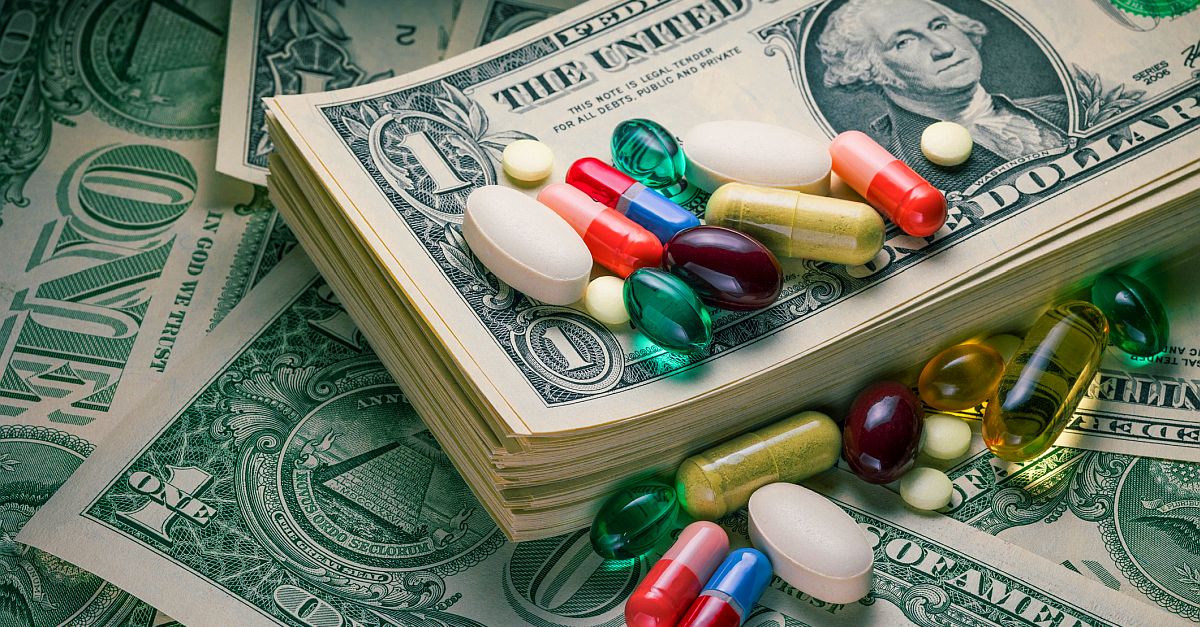Spending on prescription drugs in the United States reached over $500 billion in 2020, largely driven by high-cost brand-name drugs. Rising prescription drug prices can have a negative impact on patients, so Dr Benjamin Rome and colleagues evaluated recent trends in prices for newly marketed drugs to help raise awareness of the extent of these increases.
The group looked at wholesale acquisition costs and estimated net prices after manufacturer discounts for more than a thousand brand-name products, narrowed down to 548 products first marketed between 2008 and 2021. Of these, 357 (65%) were new molecules, 139 (25%) were biologics, 182 (33%) treated rare diseases, and 119 (22%) were oncologic agents.
Overall, median launch prices rose exponentially by 20% per year, increasing from $2,115 per year in 2008 to $180,007 in 2021. The highest prices were for drugs treating rare diseases (median $168,441) and oncology drugs (median $155,091). The proportion of drugs priced at $150,000 per year or higher rose from 9% in 2008–2013, to 47% in 2020–2021, with the fastest increases among biologics, drugs treating rare diseases, and non-oncologic drugs.
Even after adjusting for estimated manufacturer discounts and an increase in oncology and specialty drugs, prices increased by 11% per year. This trend outpaces growth in prices for other healthcare services.
High level
Policymakers in the United States should make note of these trends and consider measures to slow the increases in prescription drug prices. Dr Rome and colleagues suggest the US follow the example of other industrialized countries and negotiate drug prices at launch, rather than allowing drug manufacturers to freely set and change them.
Ground level
The accelerated increase in prescription drug prices has a negative impact on patients, as payors may restrict access, raise premiums, or impose unaffordable out-of-pocket costs for patients to offset the price increases. Until and unless policymakers take action to control these trends, US clinicians and oncology patients will be forced to factor coverage and out-of-pocket costs into treatment decisions. For some, this may lead to suboptimal treatments and poorer outcomes.

